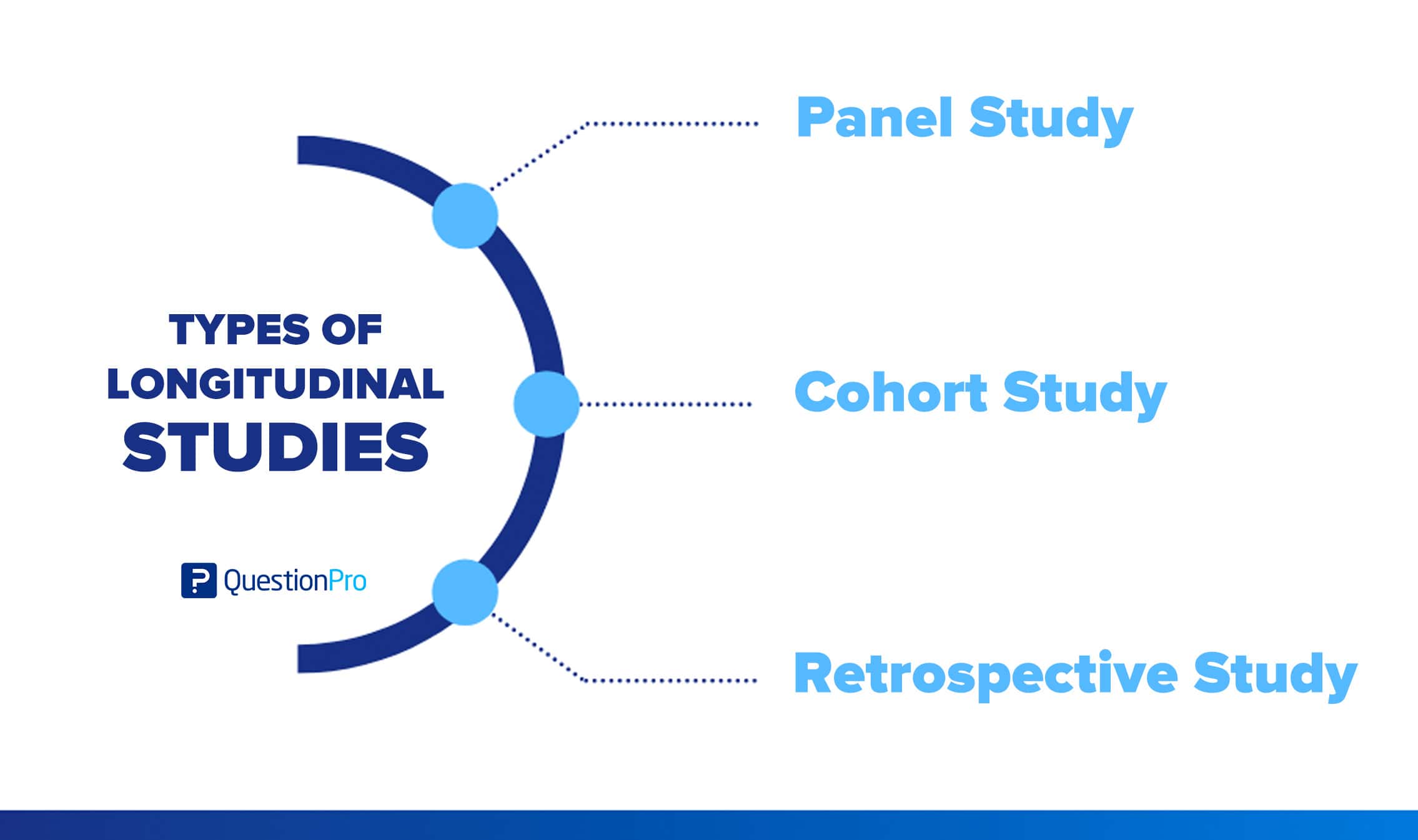Table Of Content

Discussing the implications of your longitudinal study is crucial to highlight the significance of your findings and their relevance to your field of research. Interpreting the results of your longitudinal analysis is a critical step in translating statistical findings into meaningful insights for your research. Maintaining data quality is crucial for drawing meaningful conclusions from your longitudinal study. Quality assurance measures should be in place from the beginning to the end of your study. If the final group no longer reflects the original representative sample, attrition can threaten the validity of the experiment.

How Many People Can Sit on an L-Shaped Sofa?
Longitudinal studies thus make observing changes more accurate and are applied in various other fields. In advertising, the design is used to identify the changes that advertising has produced in the attitudes and behaviors of those within the target audience who have seen the advertising campaign. Longitudinal studies allow social scientists to distinguish short from long-term phenomena, such as poverty. If the poverty rate is 10% at a point in time, this may mean that 10% of the population are always poor or that the whole population experiences poverty for 10% of the time.
Cohort study
For example, a longitudinal study could be used to examine the progress and well-being of children at critical age periods from birth to adulthood. Even when there is enough data present for researchers to use, the sheer size of what they collect can require data mining efforts that can take time to sort out. Then, he conducts a baseline survey to establish the premise of the research for later comparison. Next, the researcher gives a log to each participant to keep track of predetermined research variables.
Collecting your own data
Some participants may try to behave in the ways that they believe the researchers want to create specific results. It is a simpler process to collect information when using longitudinal studies for research because it almost always uses the observational method. This structure makes it possible to collect consistent data samples at the individual level instead of relying on extrapolation or other methods of personal identification. It is the consistency offered in this approach which provides for exclusion differences for individuals, making it possible to exclude variations that could adversely impact outcomes as it happens with other research options.
Bidirectional longitudinal associations of mental health with academic performance in adolescents: DADOS study ... - Nature.com
Bidirectional longitudinal associations of mental health with academic performance in adolescents: DADOS study ....
Posted: Mon, 06 Nov 2023 08:00:00 GMT [source]
Psychologist Lewis Terman's goal was to examine the similarities among gifted children and disprove the common assumption at the time that gifted children were "socially inept." This trait could be a similar age group, a common level of education, or a shared experience. Certain relationships between different phenomena can only be observed longitudinally. The famous marshmallow test that asserted connections between behaviors in childhood and later life outcomes spawned decades of longitudinal study. Even if your research is much simpler, your research question might involve the observation of distant but related phenomena that only a longitudinal study can capture.
Prenatal exposure to common plasticizers: a longitudinal study on phthalates, brain volumetric measures, and IQ in ... - Nature.com
Prenatal exposure to common plasticizers: a longitudinal study on phthalates, brain volumetric measures, and IQ in ....
Posted: Tue, 29 Aug 2023 07:00:00 GMT [source]
L-Shaped Sofa Layout #4: Create an Intimate Nook
Well-crafted presentations and reports ensure your valuable insights reach the right audiences and drive meaningful change. Descriptive statistics provide an initial understanding of your longitudinal data by summarizing and presenting key features. These statistics help you gain insights into the central tendencies and variability of your variables over time. By carefully planning your longitudinal study, you set the stage for collecting robust and reliable data that will contribute significantly to your field of research.
The topic guide and the focus of the interview may change over time, this may prove challenging when seeking ethical approval for a study. Ethics committees usually ask for all documentation including topic guides prior to giving an opinion. Our interview schedule had broad questions both to comply with ethical approval procedures and to allow participants to talk about what is important for them at the time of each interview. Example opening questions include “How have you been feeling physically this past month” or “How have you been feeling emotionally this past month”. Developing a relationship with an ethics committee and seeking guidance about how to approach this with the committee is advisable. Large volumes of data may be generated from LQR and consideration should be given to how this data is archived and stored for the required length of time stipulated by the university, hospital or other regulatory body.
Health and Medicine
There is sometimes no follow up to identify changes in thinking or operations that occur when using longitudinal studies as the primary basis of information collection. Researchers sometimes fail to compare attitudes, behaviors, or perceptions from one point of time to another. Most people change as time passes because they have more information available to them upon which they can draw an opinion. Unless the structures are flexible enough to recognize and adapt to this situation, then the data they gather may not be as useful as it should be. It is more expensive to perform longitudinal studies than other research methods.
Turn your research into critical insights with ATLAS.ti
However, researchers must carefully consider the assumptions behind the models they choose. A study by psychologist Robert S. Feldmen and conducted by the University of Massachusetts found that 60% of people lie at least once during a 10-minute conversation. The content of fibs varies between men and women, trying to make themselves look better or to make the person they are talking to feel good respectively.
However, there are other disadvantages of longitudinal studies, particularly the likelihood of participant attrition. In other words, the more lengthy the study, the more likely it is that participants may drop out of the study. This is especially true when working with vulnerable or marginalized populations such as migrant workers or homeless people, populations that may not always be easy to contact for collecting data. A longitudinal survey can address research questions that deal with opinions and perspectives that may change over time. Unlike a cross-sectional survey from a particular point in time, longitudinal surveys are administered repeatedly to the same group of people to collect data on changes or developments. Medical research often relies on longitudinal studies to determine the effectiveness and risk factors involved with drugs, treatments, or other medical remedies.
Missing data can arise due to participant attrition, non-response, or other reasons. Proper handling of missing data is essential to maintain the integrity of your analysis. Effective data collection and management are pivotal aspects of conducting a successful longitudinal study.
Researchers must recognize this trait early to remove this potential disadvantage. LQR is an increasingly utilised methodology in health services research, for example in the development and evaluation of complex health interventions or to study transitions in recovery or long term illness. The findings presented in this paper are important as they begin to identify areas of LQR where there is potential for debate and multiple perspectives on these would be valuable. • We would recommend incorporating a theoretical perspective (if appropriate to the methodology), that encompasses concepts such as time or the experience of change. This may help researchers keep the analysis “alive” to longitudinal aspects of analysis and move beyond descriptions of experience at each time point to explore change between time points. Through reflecting on and describing our experiences we have identified broad recommendations for undertaking LQR projects in health research which we hope will stimulate debate amongst qualitative researchers.



















